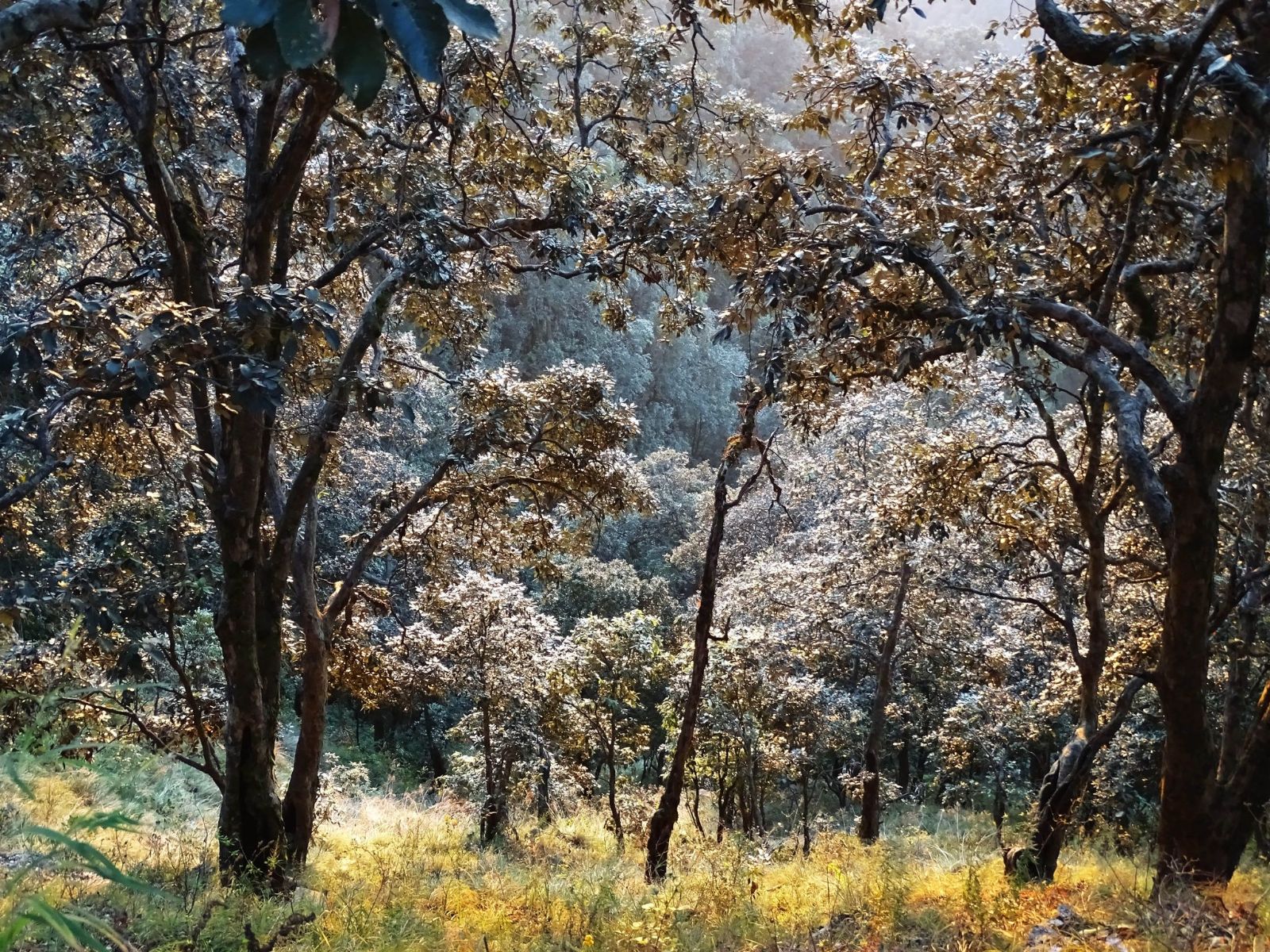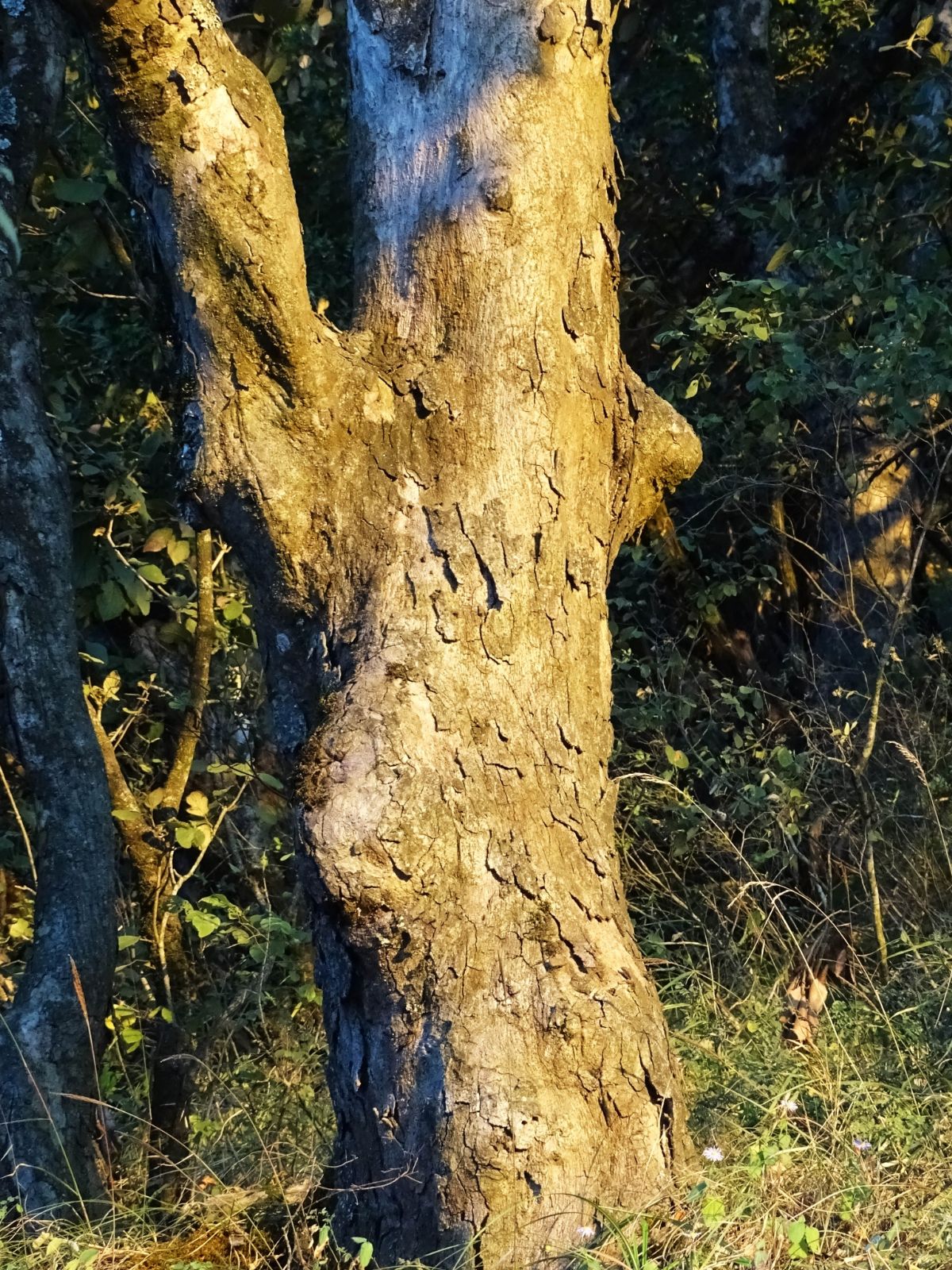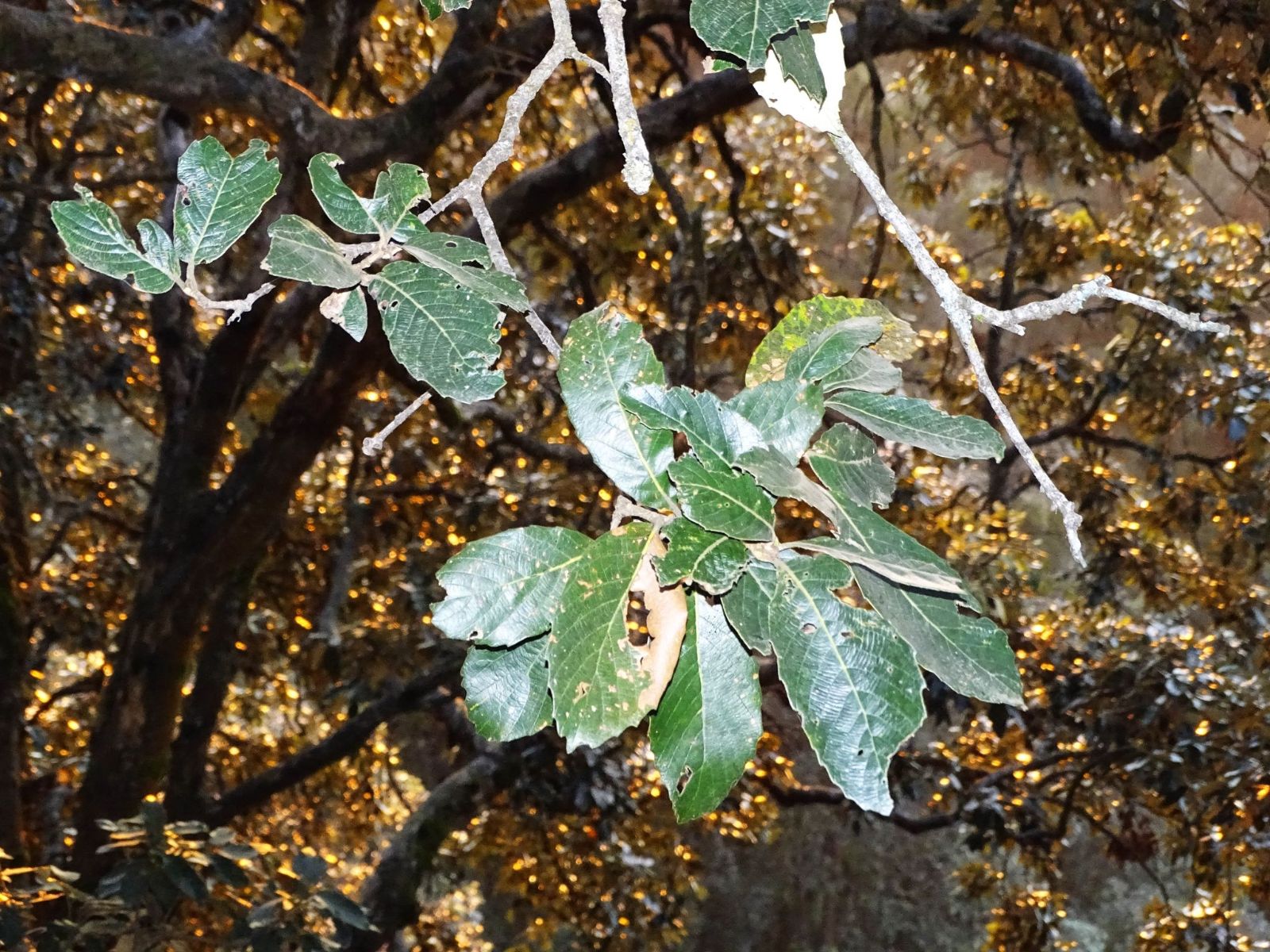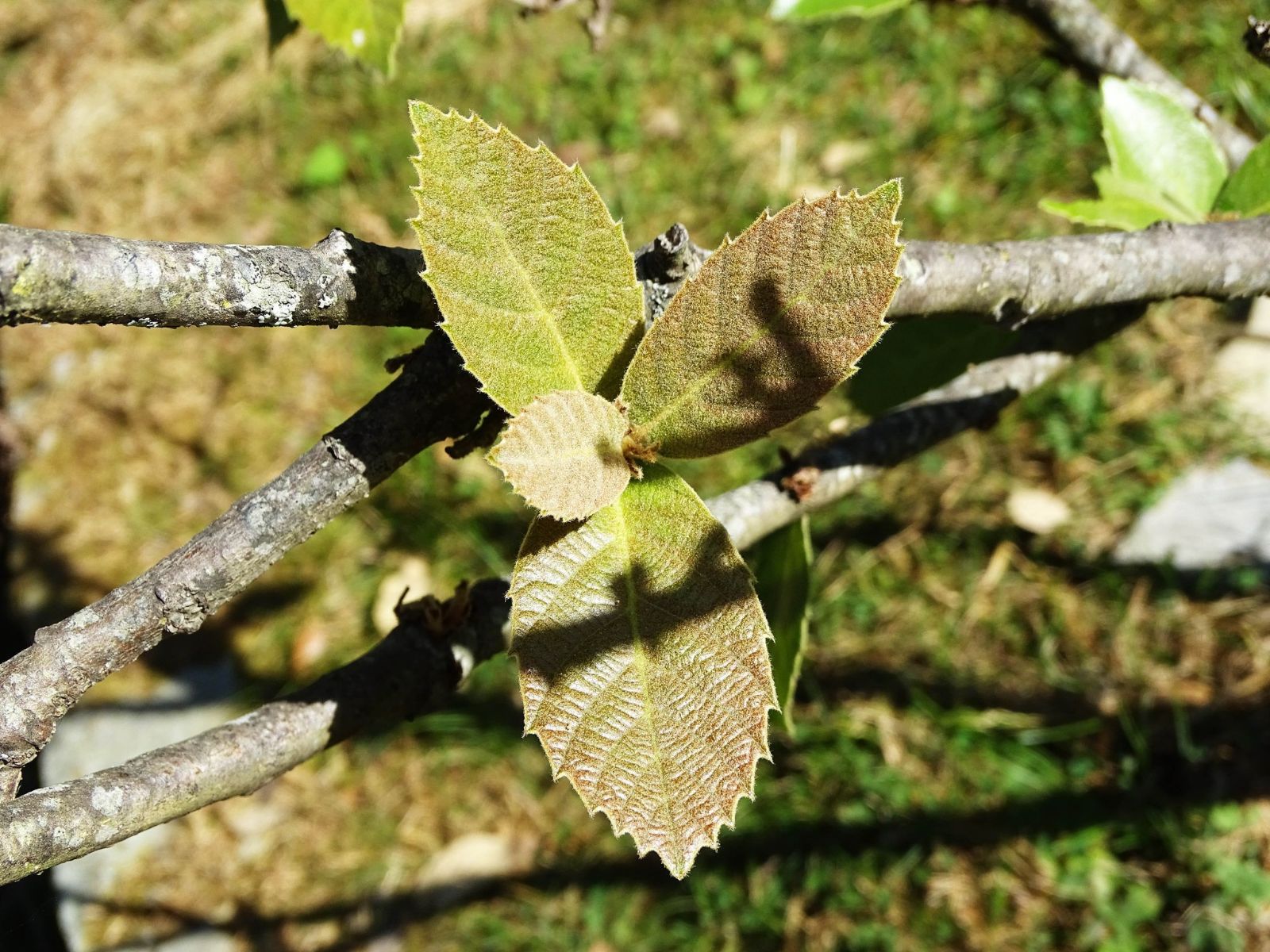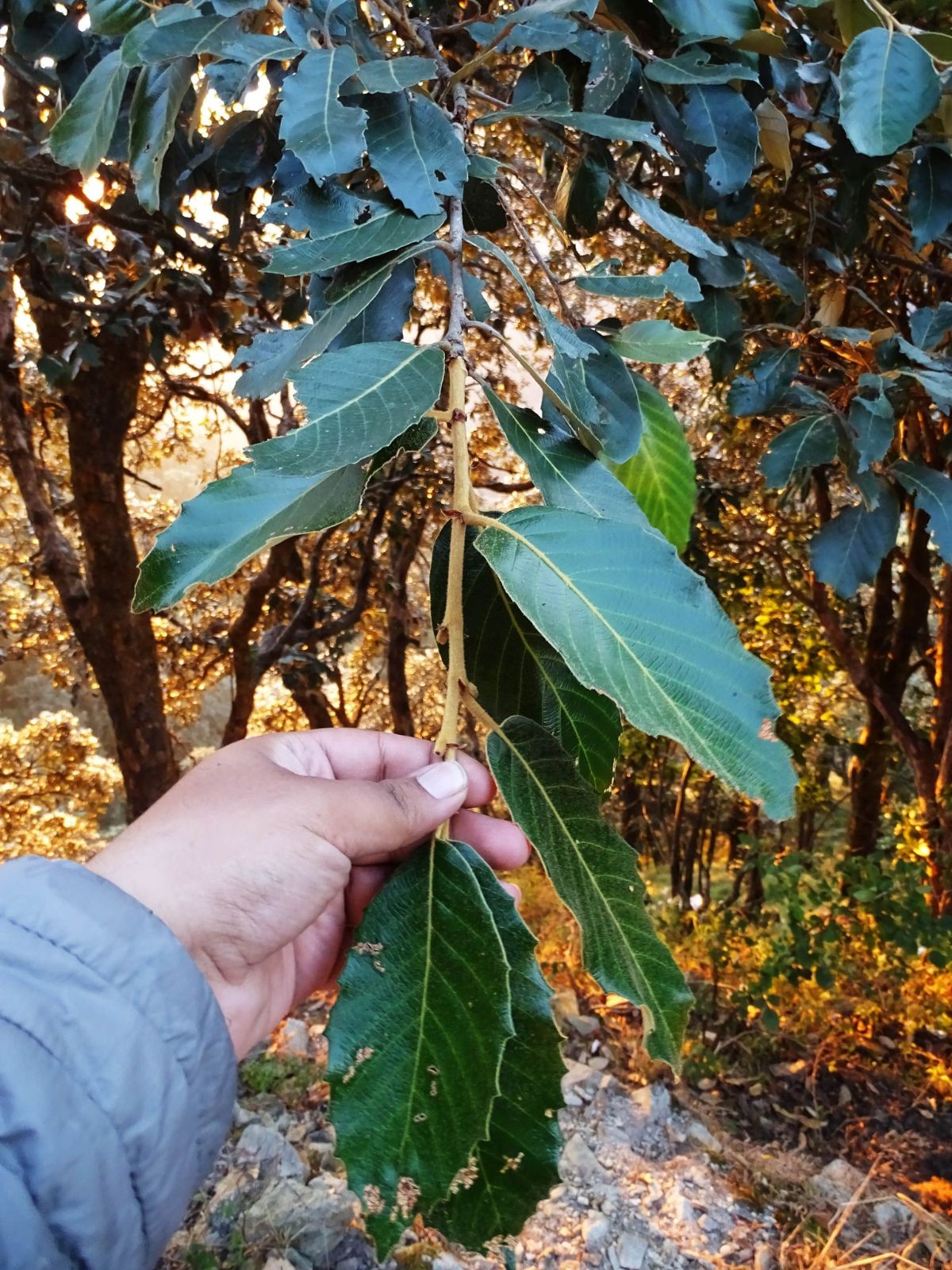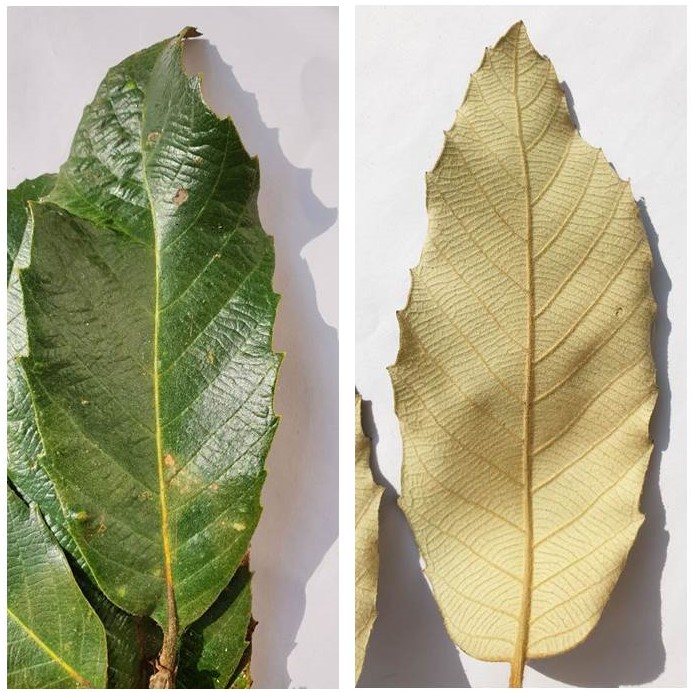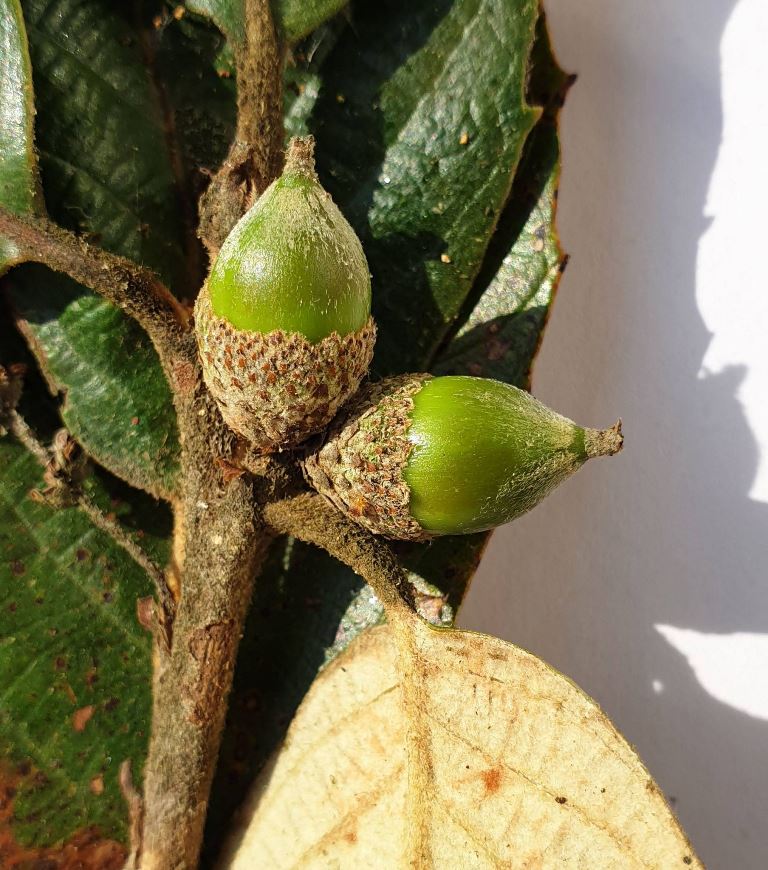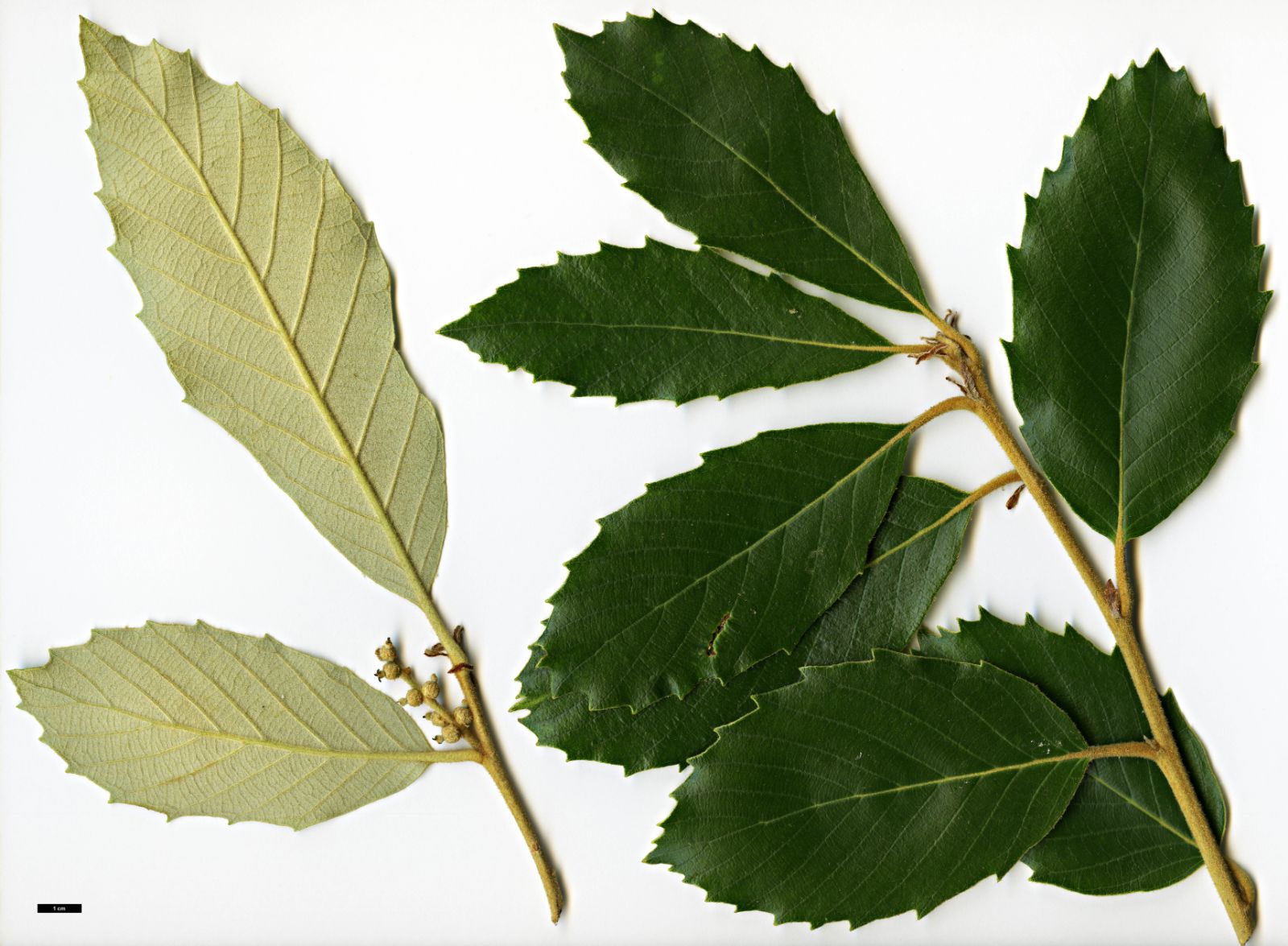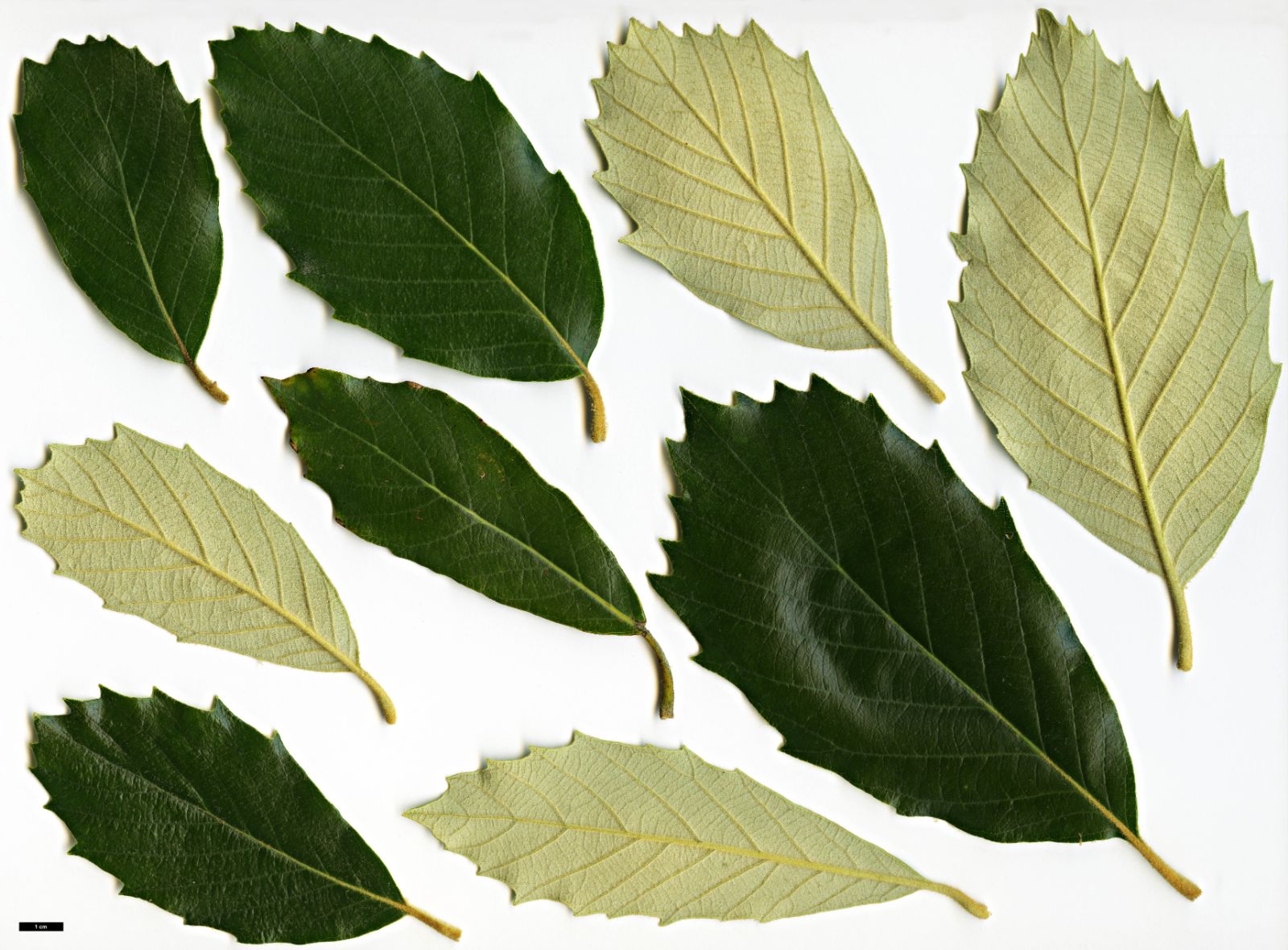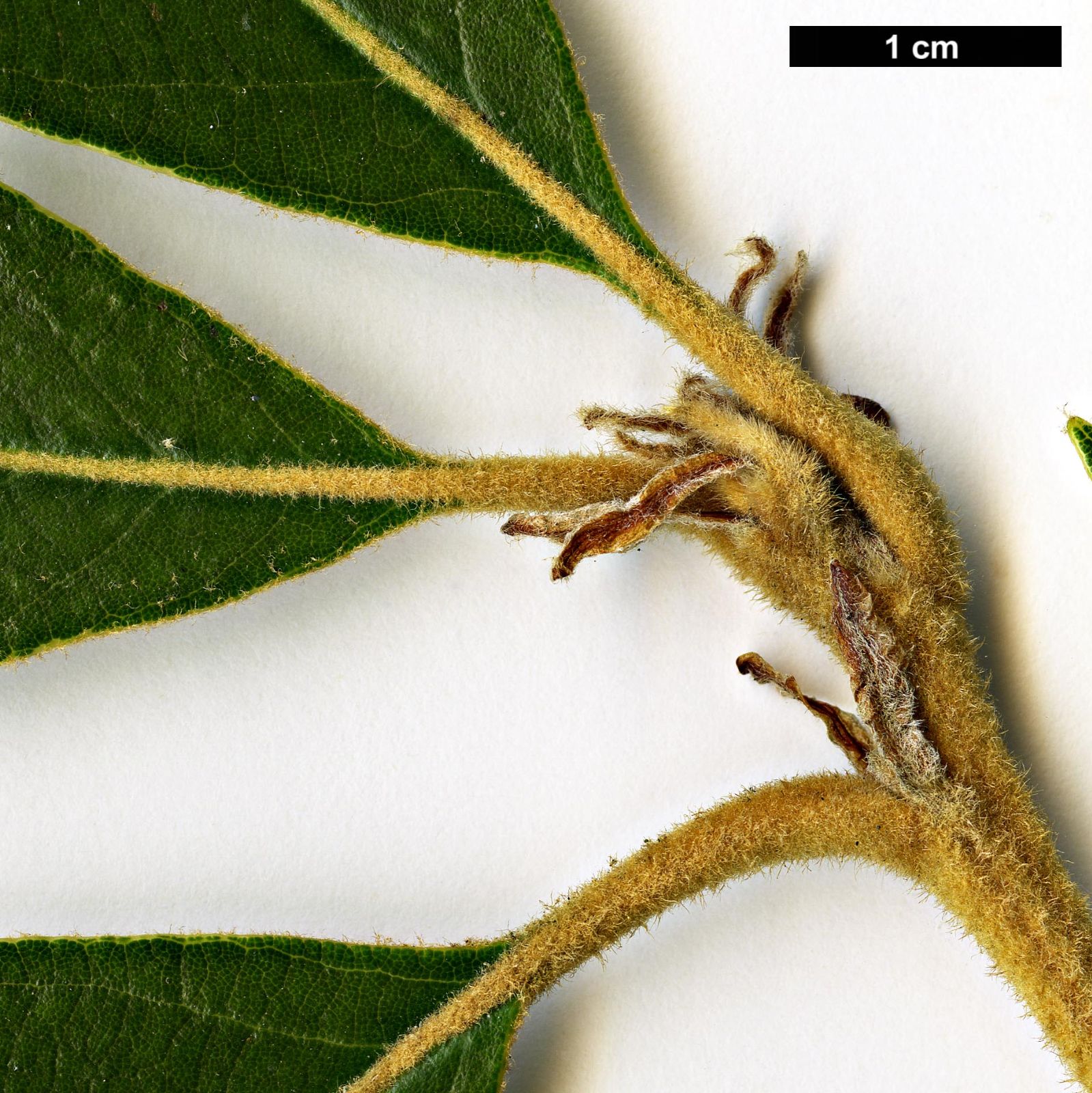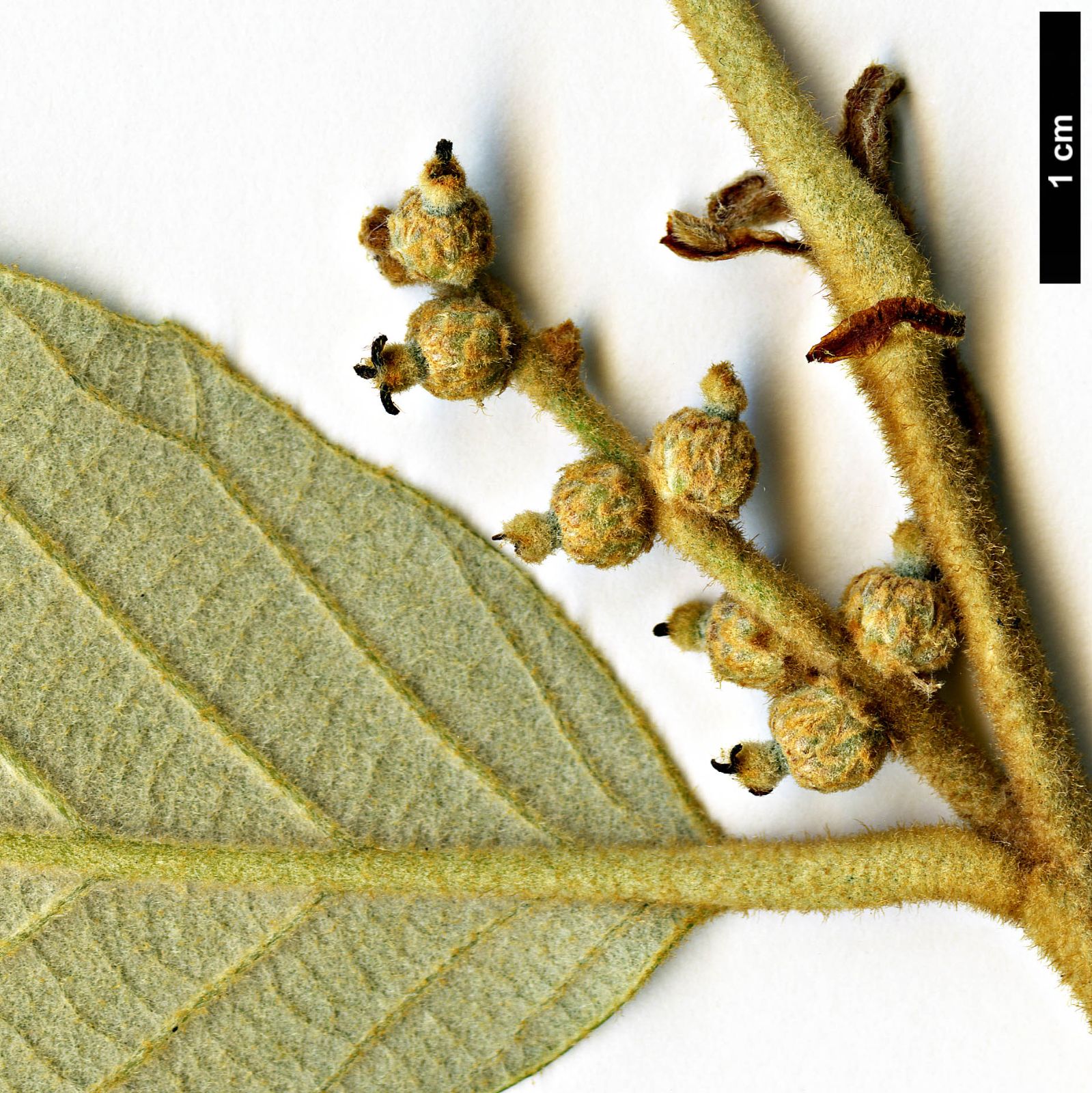Quercus lanata
Sponsor
Kindly sponsored by
The Trees and Shrubs Online Oak Consortium
Credits
Allen Coombes & Roderick Cameron (2021)
Recommended citation
Coombes, A. & Cameron, R. (2021), 'Quercus lanata' from the website Trees and Shrubs Online (treesandshrubsonline.
Genus
- Quercus
- Subgen. Cerris, Sect. Ilex
Common Names
- Banj
Synonyms
- Quercus lanuginosa D. Don
- Quercus oblongata D. Don
Other taxa in genus
- Quercus acerifolia
- Quercus acherdophylla
- Quercus acrodonta
- Quercus acuta
- Quercus acutifolia
- Quercus acutissima
- Quercus afares
- Quercus affinis
- Quercus agrifolia
- Quercus alba
- Quercus aliena
- Quercus alnifolia
- Quercus aquifolioides
- Quercus arizonica
- Quercus arkansana
- Quercus aucheri
- Quercus augustini
- Quercus austrina
- Quercus × auzendei
- Quercus baloot
- Quercus bambusifolia
- Quercus baronii
- Quercus bicolor
- Quercus brantii
- Quercus buckleyi
- Quercus canariensis
- Quercus canbyi
- Quercus candicans
- Quercus castanea
- Quercus castaneifolia
- Quercus cerris
- Quercus chenii
- Quercus chrysolepis
- Quercus coccifera
- Quercus cocciferoides
- Quercus coccinea
- Quercus conspersa
- Quercus crassifolia
- Quercus crassipes
- Quercus delavayi
- Quercus dentata
- Quercus deserticola
- Quercus dolicholepis
- Quercus douglasii
- Quercus dumosa
- Quercus durifolia
- Quercus eduardii
- Quercus ellipsoidalis
- Quercus emoryi
- Quercus engelmannii
- Quercus engleriana
- Quercus euboica
- Quercus eugeniifolia
- Quercus fabri
- Quercus faginea
- Quercus falcata
- Quercus floribunda
- Quercus frainetto
- Quercus franchetii
- Quercus fruticosa
- Quercus fusiformis
- Quercus gambelii
- Quercus garryana
- Quercus geminata
- Quercus georgiana
- Quercus germana
- Quercus gilliana
- Quercus gilva
- Quercus glabrescens
- Quercus glauca
- Quercus graciliformis
- Quercus gravesii
- Quercus griffithii
- Quercus grisea
- Quercus guyavifolia
- Quercus hartwissiana
- Quercus hemisphaerica
- Quercus × hispanica
- Quercus hondae
- Quercus hypargyrea
- Quercus hypoleucoides
- Quercus ilex
- Quercus ilicifolia
- Quercus imbricaria
- Quercus incana
- Quercus infectoria
- Quercus insignis
- Quercus ithaburensis
- Quercus kelloggii
- Quercus × kewensis
- Quercus kiukiangensis
- Quercus laceyi
- Quercus laevis
- Quercus lamellosa
- Quercus lancifolia
- Quercus laurifolia
- Quercus laurina
- Quercus × leana
- Quercus leucotrichophora
- Quercus × libanerris
- Quercus libani
- Quercus lobata
- Quercus lobbii
- Quercus lodicosa
- Quercus longinux
- Quercus longispica
- Quercus look
- Quercus × ludoviciana
- Quercus macranthera
- Quercus macrocalyx
- Quercus macrocarpa
- Quercus macrolepis
- Quercus marilandica
- Quercus mexicana
- Quercus michauxii
- Quercus mongolica
- Quercus monimotricha
- Quercus montana
- Quercus morii
- Quercus muehlenbergii
- Quercus myrsinifolia
- Quercus myrtifolia
- Quercus nigra
- Quercus × numidica
- Quercus oblongifolia
- Quercus obtusata
- Quercus oglethorpensis
- Quercus oxyodon
- Quercus pagoda
- Quercus palmeri
- Quercus palustris
- Quercus pannosa
- Quercus parvula
- Quercus petraea
- Quercus phellos
- Quercus phillyreoides
- Quercus planipocula
- Quercus poilanei
- Quercus polymorpha
- Quercus pontica
- Quercus prinoides
- Quercus pubescens
- Quercus pyrenaica
- Quercus rehderiana
- Quercus reticulata
- Quercus robur
- Quercus rotundifolia
- Quercus rubra
- Quercus rugosa
- Quercus rysophylla
- Quercus sadleriana
- Quercus salicina
- Quercus sartorii
- Quercus × schneideri
- Quercus schottkyana
- Quercus semecarpifolia
- Quercus senescens
- Quercus serrata
- Quercus sessilifolia
- Quercus setulosa
- Quercus shumardii
- Quercus sinuata
- Quercus spinosa
- Quercus stellata
- Quercus stenophylloides
- Quercus suber
- Quercus subspathulata
- Quercus tarokoensis
- Quercus tatakaensis
- Quercus texana
- Quercus tomentella
- Quercus trojana
- Quercus tungmaiensis
- Quercus turbinella
- Quercus × turneri
- Quercus undulata
- Quercus utahensis
- Quercus utilis
- Quercus uxoris
- Quercus variabilis
- Quercus velutina
- Quercus virginiana
- Quercus vulcanica
- Quercus warburgii
- Quercus wislizenii
- Quercus xalapensis
An evergreen tree 4–30 m, trunk often tortuous, can exceed 0.8 m dbh. Bark thick, generally rugose, pale grey or greyish brown, peeling off the trunk in large but thin, irregularly shaped flakes; young shoots at first clothed with brown, tawny, or yellowish pubescence, later glabrescent but remaining tawny or reddish the first year. Leaves slightly leathery and rugose, oblong, narrowly elliptical, oval-lanceolate or narrowly oval, base slightly cuneate, later becoming rounded, auriculate, or obtuse (rarely cordate), or remaining cuneate, apex variable (attenuate, obtuse, or acuminate); 6–20 cm long × 3–9 cm wide, margins lined with large forward-pointing teeth on the top two-thirds of the leaf; leaves emerge with both surfaces covered with yellowish tomentum that becomes floccose and later disappears above and persists below, becoming whitish, greyish, or reddish, and sparse but especially present along the midvein, making it predominantly yellow; upper surface glossy, dark green; 8–17 pairs of veins, which are robust, straight, parallel, tomentose, prominent above and projecting below, nervation is reticulate; petiole covered with dense whitish or yellowish tomentum, 0.5–2.5 cm long. Acorns sessile, ovoid, 1.1–2 cm long × 0.9–2 cm wide, solitary or up to three together; the tip is mucronate and silky, the rest of the acorn initially pubescent, become glabrous when ripe. Cupule hemispheric or campanulate, 0.5–1 cm long × 0.8–1.5 cm wide, scales reddish brown or greyish brown, slender and tomentose, except for the lower ones which are tuberculate. Acorns mature in the first year. (le Hardÿ de Beaulieu & Lamant 2010).
Distribution Bhutan Myanmar China Guangxi, Sichuan, Xizang, Yunnan India Himalayas Nepal Thailand North Vietnam
Habitat Evergreen mountain forests, on clay or limestone substrate.
USDA Hardiness Zone 7-8
Conservation status Least concern (LC)
This species is closely allied to Q. leucotrichophora, but the felt on the shoots and the undersides of the leaves is woolier, and rusty or fawn-coloured. According to Bean (1976) it was introduced to the UK about 1818 but probably but did not survive in cultivation. A plant grown at Wakehurst Place and introduced from Nepal in 1990 as Q. lanuginosa is Q. lanata. It was 11 m × 33 cm at 0.4 m in 2018 (Tree Register 2020).
It is not certain that this species is distinct from Q. leucotrichophora. Specimens referred to Q. lanata often have somewhat broader leaves, more blunt at the apex compared to the relatively narrow, taper-pointed leaves of Q. leucotrichophora. The two species have traditionally been distinguished by fruit maturation: annual in Q. lanata and biennial in Q. leucotrichophora, however, we have not found evidence to support this. This confusion may have arisen because the fruits can take about one year to mature and flowers and fruits can be present at the same time.
There can be a marked difference in the colour and amount of pubescence with some plants, such as Q. lanata photographed by Gaurav Verma in Uttarakhand, north India, showing broader leaves than Q. leucotrichophora with a dense, woolly, yellow-brown tomentum. He stated that he ‘saw both species [Q. leucotrichophora and Q. lanata] growing together’ and ‘a few spots where Quercus lanata formed the pure standing’ (G. Verma pers. comm.). The significance of the differences in degree and colour of tomentum is not clear.
Quercus leucotrichophora is known in India as Banj, but when Roxburgh (1832) described it from north India (as Q. incana), he did not mention this name. However, when Smith (1814) described Q. lanata from Nepal he mentioned that it was known there as Banza or Banja. For a discussion of the name Q. oblongata see Q. leucotrichophora.

